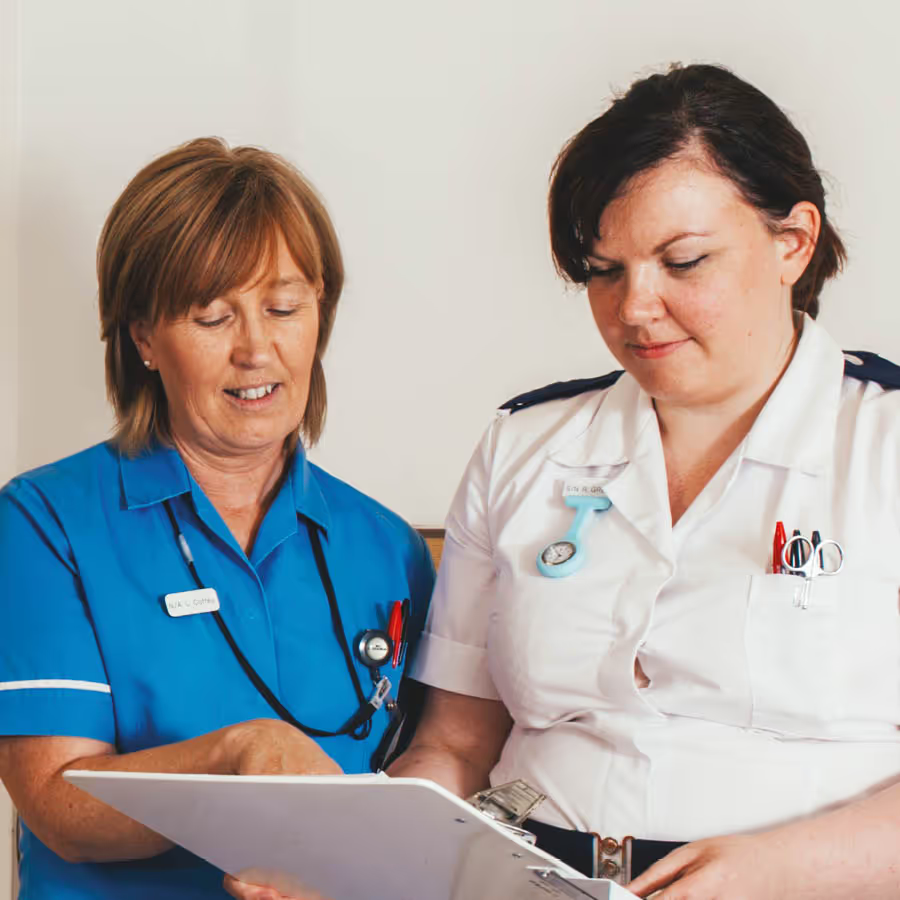Menu

Outpatient
High-resolution oesophageal manometry and 24-hour pH/impedance testing are advanced diagnostic procedures used to assess swallowing disorders, reflux, and oesophageal function—helping diagnose conditions like achalasia, GORD, and oesophageal spasms with safe, accurate results.

Oesophageal Manometry is a test to study how well your oesophagus is working. The oesophagus or food pipe is a long tube from your throat to your stomach. During the study, a thin flexible tube with 32 pressure channels and 16 impedance channels to assess oesophageal function and bolus clearance is passed through your nose, down your oesophagus and into the stomach.
The doctor may have referred you if you have difficulty swallowing, experiencing chest pain or acid reflux. Oesophageal manometry can diagnose many disorders including achalasia, scleroderma, jackhammer oesophagus and oesophageal spasm. It can also be used in the diagnosis of gastro-oeosphageal reflux (GORD) if surgery is required and this is usually combined with Ambulatory pH and Impedance testing.
You may take your essential medications as you usually do with a small amount of orange juice or water on the morning of the test (contact us if you are a diabetic). Wear a shirt or blouse with buttons down the front.
Your appointment will take approximately one hour. The study involves having a small flexible thin tube gently inserted through your nose into the oesophagus. You may feel a little pressure in your nose or a minor amount of throat irritation as the tube is passed. This sensation will subside once the tube is positioned. The tube will be secured at your nose and attached to a recording device. You will be asked to swallow fluids at different times during the study to evaluate the function of your oesophagus. During the study you will be able to talk and swallow normally, but you should try to talk and swallow only when instructed.
• Do not eat or drink anything within 6 hours of your appointment.
• You will be able to drive yourself home.
• The results will be interpreted within 7 days and sent to your referring doctor.
Risks of the procedure
Oesophageal manometry is generally very safe, and complications are rare. You may, however, experience some discomfort during the test, including watery eyes, gagging as the tube passes into your throat (temporary) and some minor discomfort in your nose or throat. After oesophageal manometry, you may experience some temporary mild side effects, including a stuffy or runny nose, mild (temporary) sort throat or a minor nosebleed (rare).
This test is often combined with oesophageal manometry.
This may be organised if you have reflux symptoms such as heartburn, regurgitation, chest pain, belching, cough, sore throat and so on.
This is the gold standard of gastro-oesophageal reflux testing with the ability to assess both acid reflux and non-acid reflux over a 24 hour period. It can also measure gastric acidity (to assess PPI effectiveness and achlorhydria), bolus clearance and aerophagia / supra-gastric belching. We can test on or off medication and there are no dietary restrictions, meaning patients can eat provocative meals to exacerbate their usual symptoms. This provides a much more accurate test.
Do not eat food or drink liquids for at least 6 hours before the test. Continue to take all your other medicine as you usually do with a small amount of orange juice that morning. Wear a shirt or blouse with buttons down the front.
Your appointment takes approximately 45 minutes, but if your doctor also ordered an oesophageal manometry (click on this) your appointment will take longer.
This test will involve the placement of an ultra-thin catheter through your nasal passage, and then swallowed into your esophagus with small drinks of water. The other end of the catheter will be taped to your cheek, wrapped over your ear, and attached to a recording box that you will wear at waist level, held by a strap over your shoulder. You will be able to swallow, talk, and breathe without any difficulty during the test. You will wear this for the entire study. The doctor/nurse will show you how to use the recording box before you go home.
Your doctor will give you instructions on whether he or she wants your testing done while taking or while withholding acid reducing medications. If your doctor wants the test done while withholding those medications, you will need to stop all anti-reflux medications for at least 5 days before the study. Examples of these medications are below.
OMPERAZOLE, ESOMEPRAZOLE, LANSOPRAZOLE, PANTOPRAZOLE, RABEPRAZOLE, RANITIDINE, TAGAMET OR AXID. PLEASE NOTE THAT THESE MEDICATIONS CAN BE KNOWN UNDER DIFFERENT NAMES. IF YOU ARE UNSURE, PLEASE CHECK WITH YOUR G.P.
DO NOT TAKE ANY OVER THE COUNTER ANTACIDS DURING THE STUDY. IF YOU DO NOT COMPLY WITH THIS, IT MAY RESULT IN THE TEST NOT BEING CARRIED OUT.
You cannot take a shower or bath while wearing the monitor. You should otherwise go about your daily routine and eat your regular diet in order to get a realistic recording of how much reflux occurs during your usual day.
You will be able to drive yourself home. The impedance pH study will take 24 hours to complete. You will be required to remove the probe at home (the nurse will show you how) and return the equipment to the Ulster Independent Clinic the following day. The results will be interpreted within 7 days and sent to your referring doctor
Oesophageal reflux monitoring is very safe. You will likely feel some discomfort in the nose and throat, but this is temporary and mild. Rarely, there could be a nose bleed and extremely rarely, there could be a tear in the wall of the oesophagus, throat or lung.

Have a query?
Why not check out our FAQ’s were you will find answers to many previously asked questions.

3
Lorem ipsum dolor sit amet, consectetur adipiscing elit, sed do eiusmod tempor incididunt ut labore et dolore magna aliqua.














